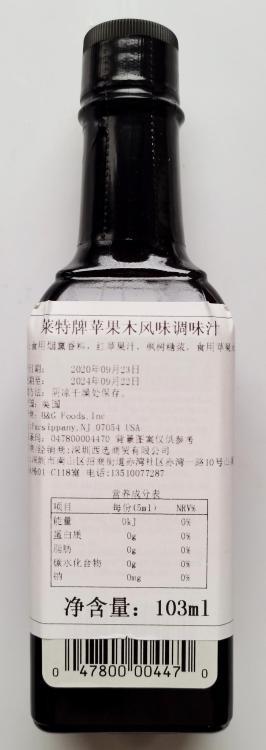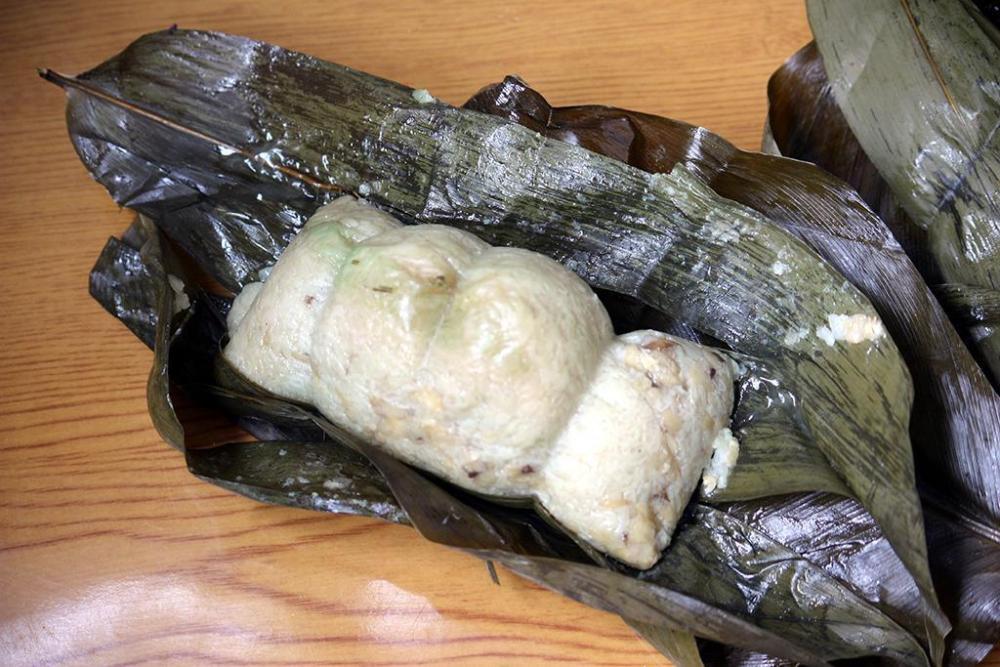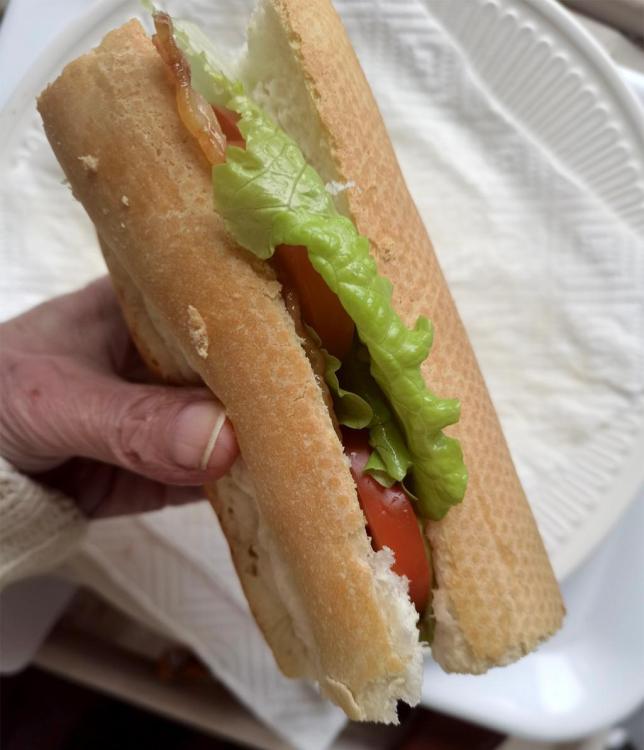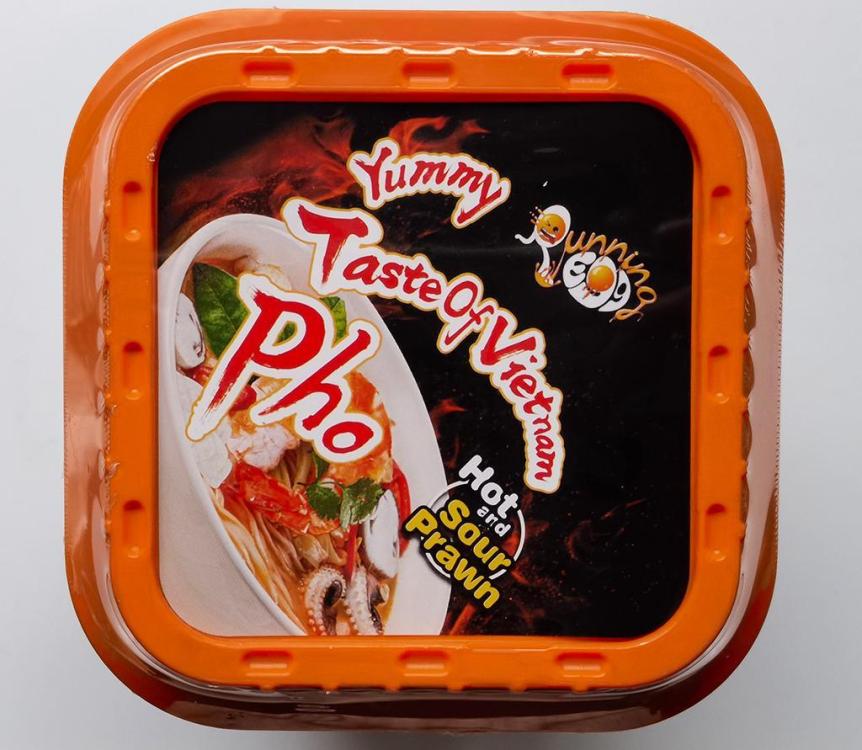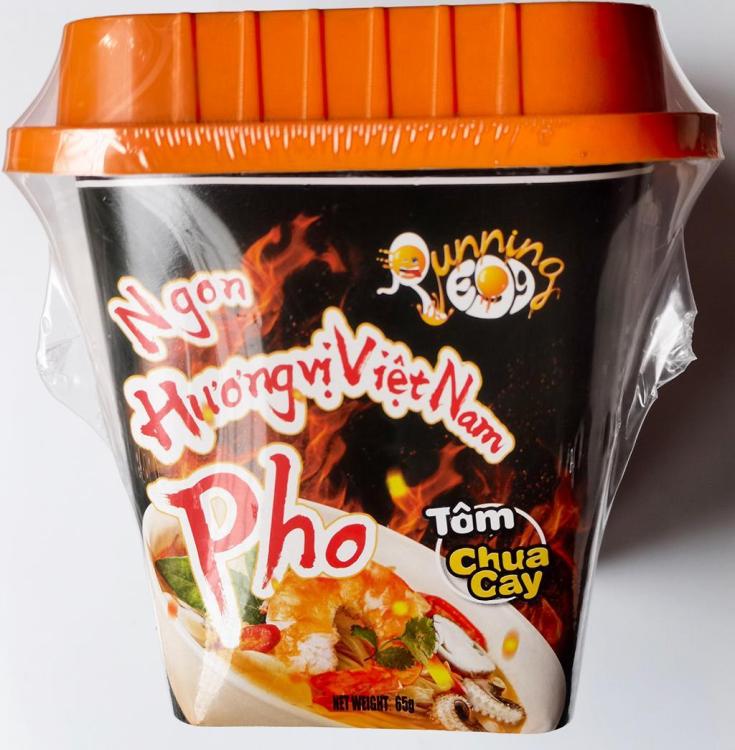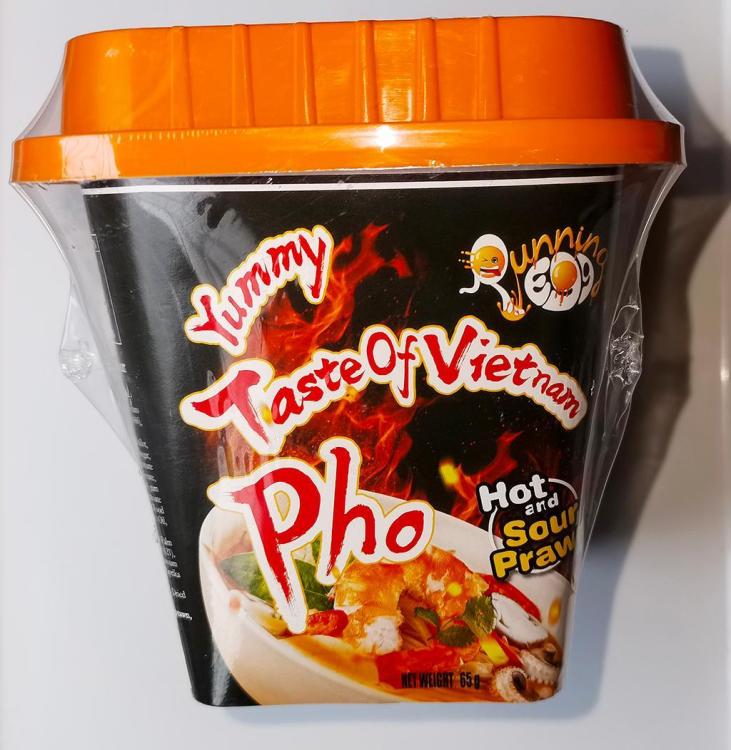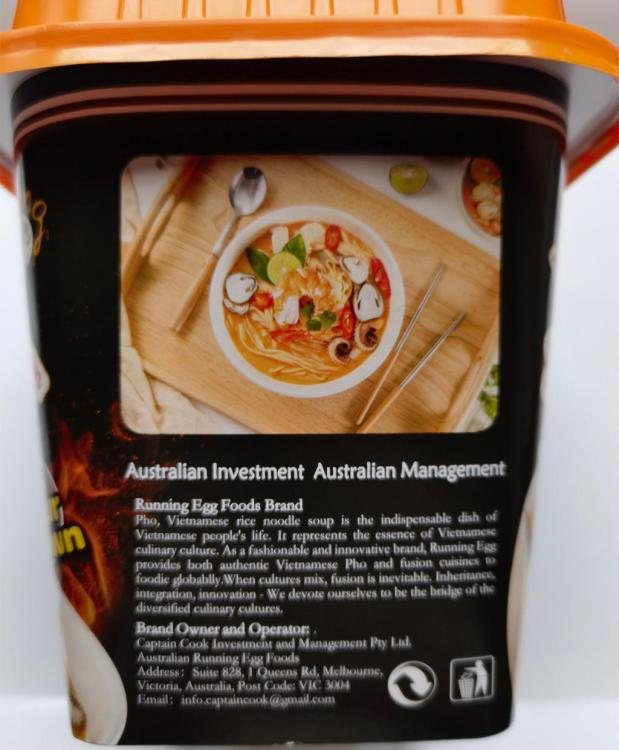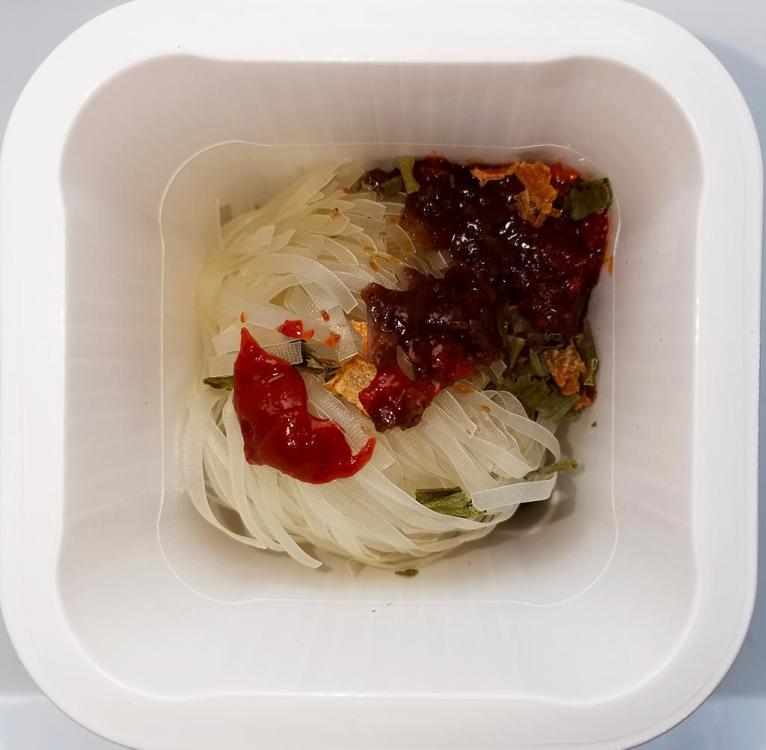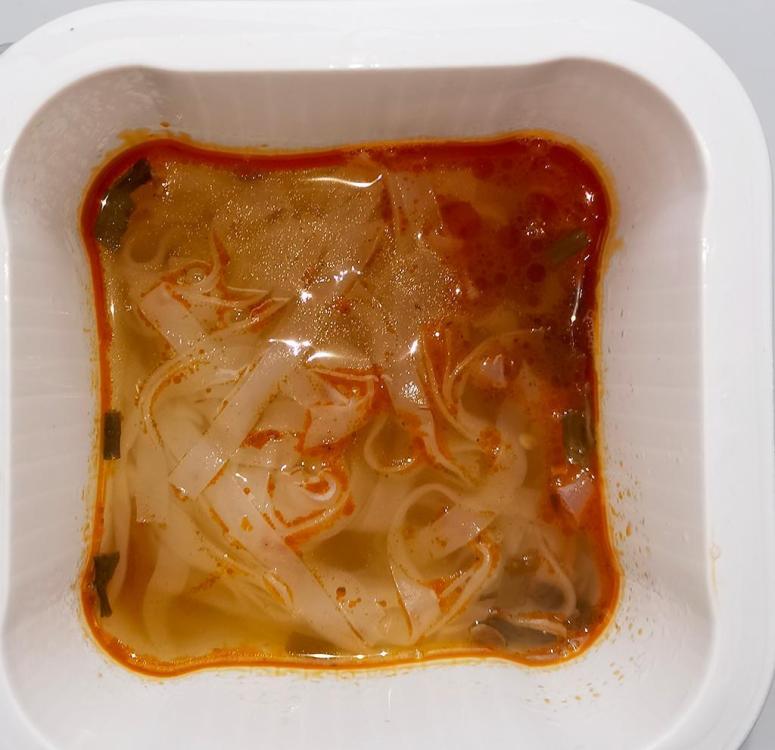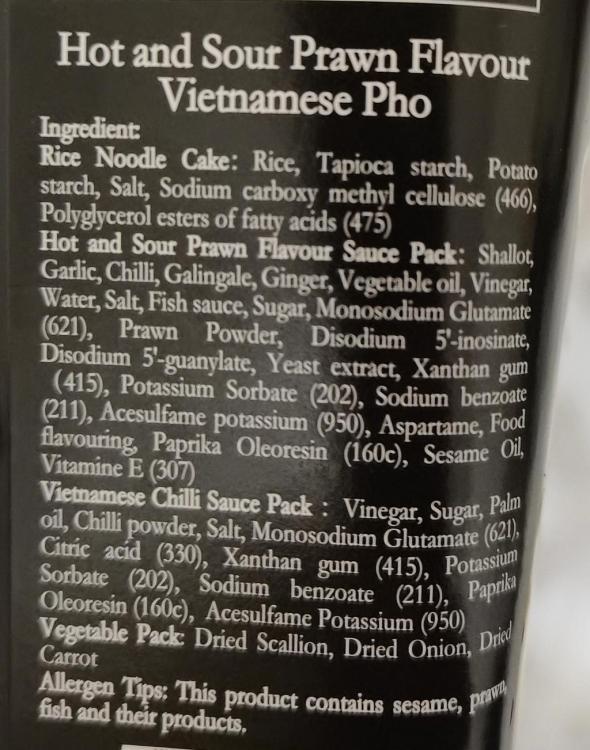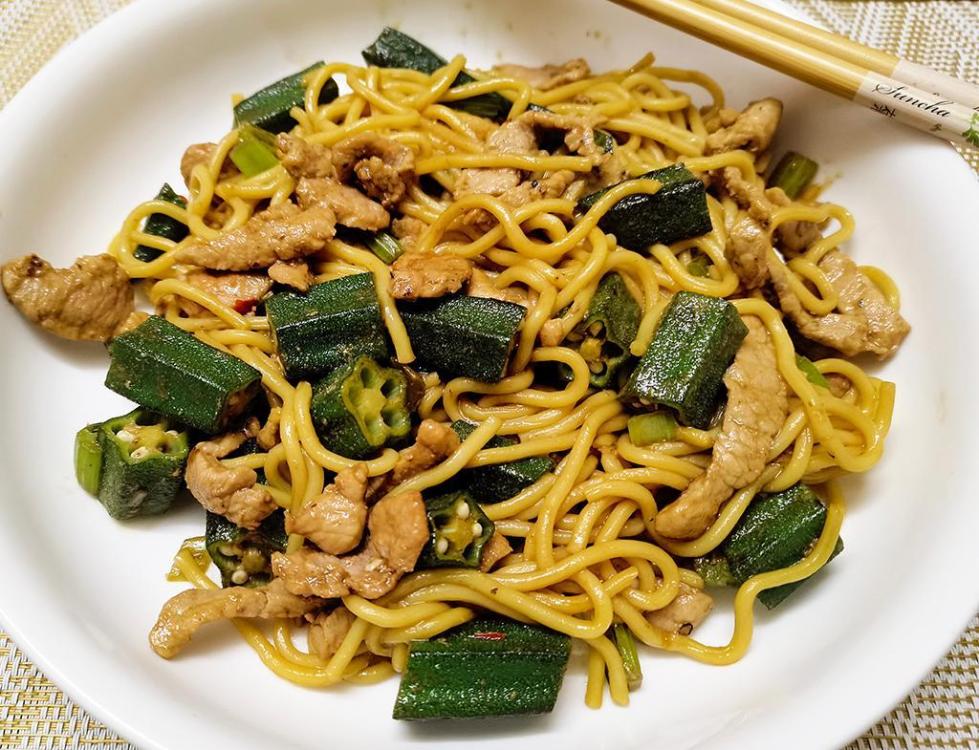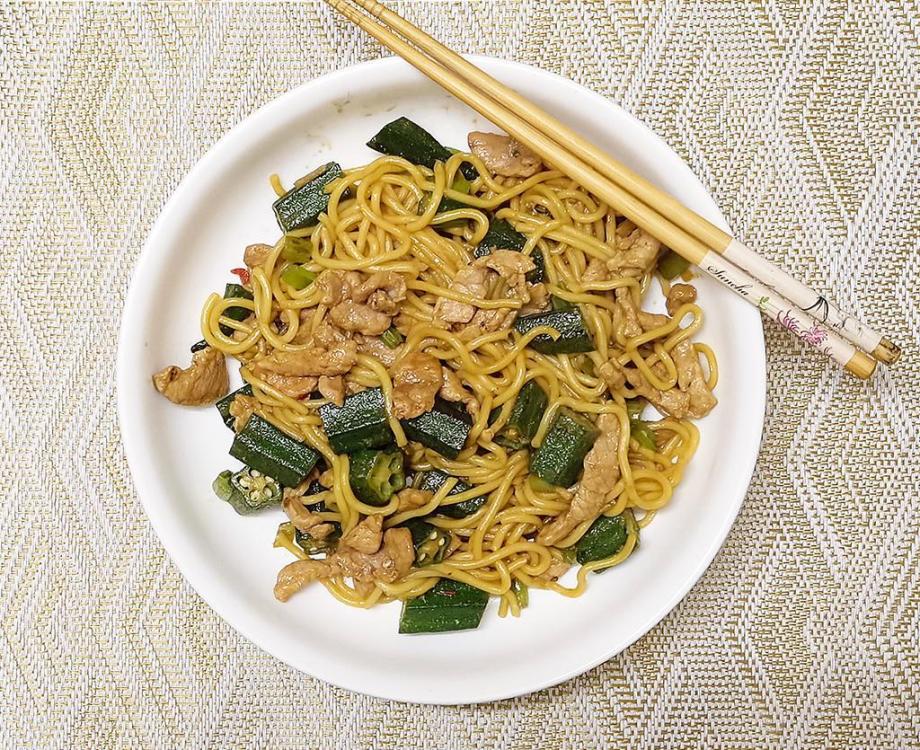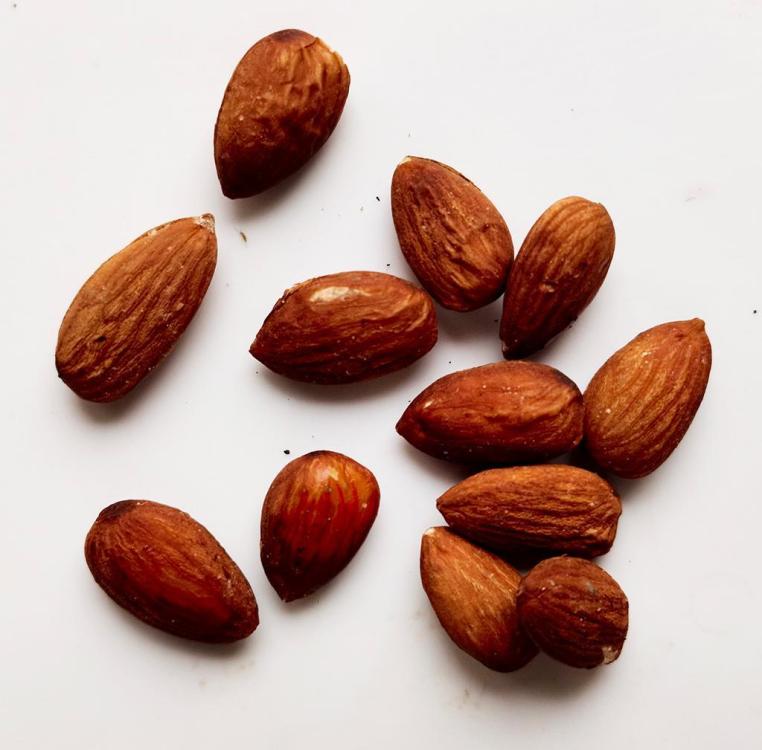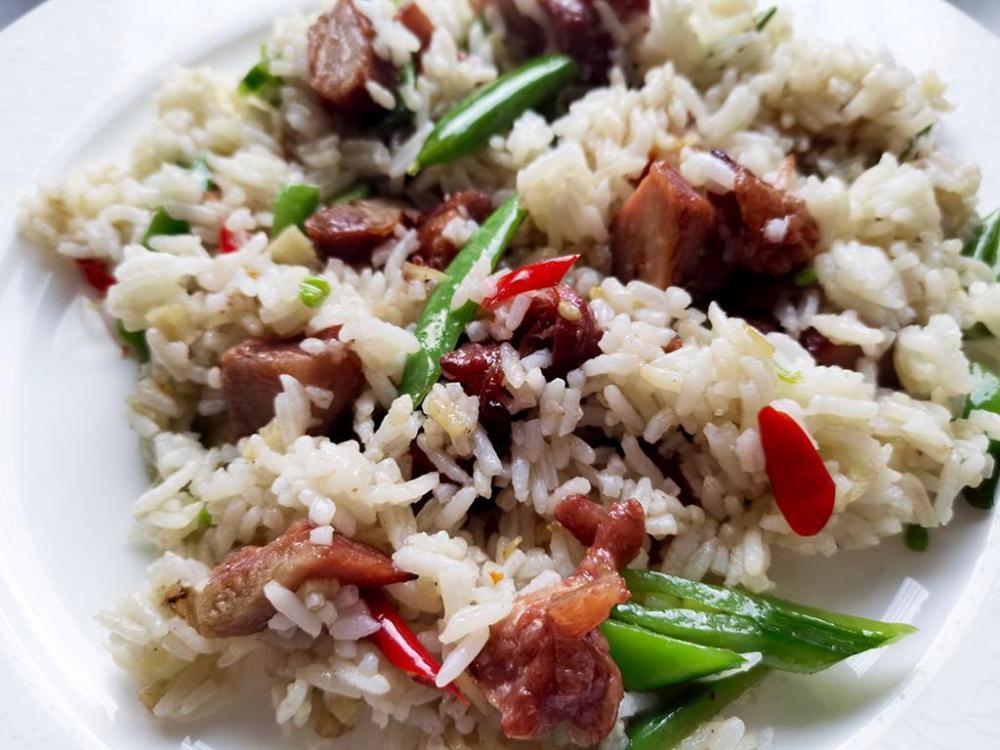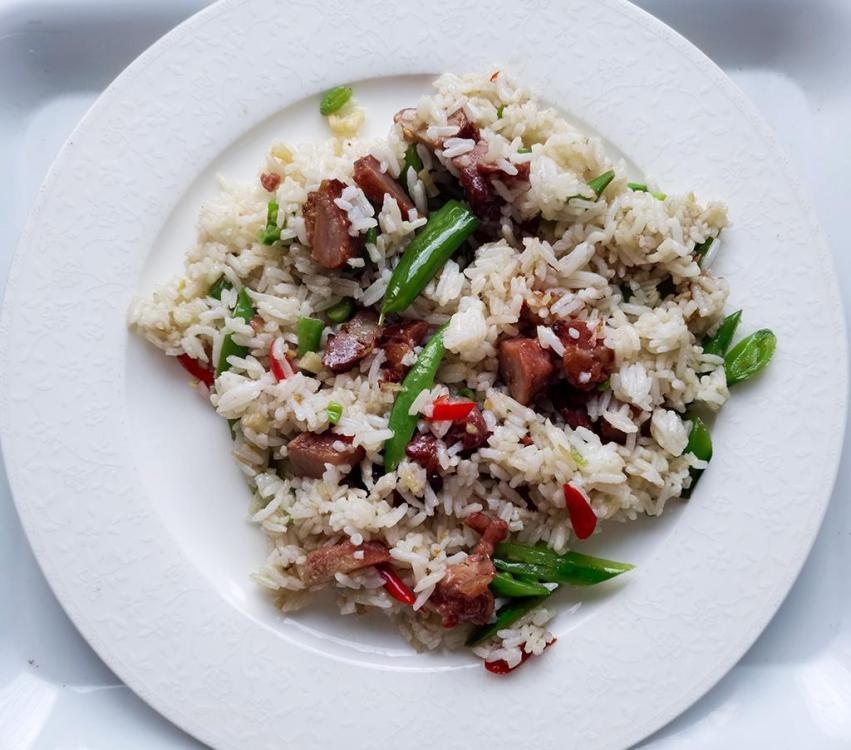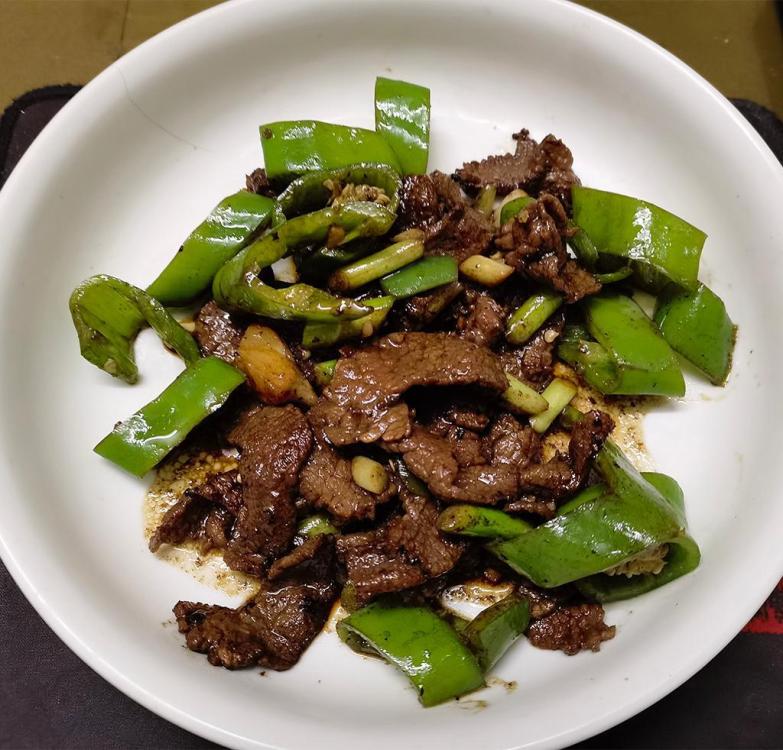-
Posts
16,663 -
Joined
-
Last visited
Content Type
Profiles
Forums
Store
Help Articles
Everything posted by liuzhou
-
Of course. I just thought I might get some pointers from more experienced users.
-
Yes, I saw that but I tend to distrust recipes from the manufacturers. Not exactly impartial.
-
I have been given* a bottle of liquid smoke, an ingredient I have zero experience of, never having cooked with it or knowingly consumed it. I would appreciate any help on how to use it (if I should at all) and any opinions on this brand. I have consulted Mr. Google, but the information there is contradictory, as usual. Unfortunately the label giving tips for usage has been covered over by a Chinese label which doesn't translate the information. * I think I inherited it bcause the person who gave it to me didn't know what to do with it, either.
-
I'm with you on that one. Unfortunately, the locals here are very much into sticky rice. I loathe the texture in things like 粽子 (zòng zi), a sort of Chinese ethnic minorities' tamale. The taste is fine but I just can't swallow the damned things. I keep being given them at festivals etc and immediately pass them on to other friends and neighbours.
-
- 913 replies
-
- 10
-

-
Spotted this in the supermarket this morning and was curious. It lived down to expectations and then went lower. The packaging is reasonably attractive, I suppose. Best not to open it. First alarm went off when I read that it isn't even Vietnamese. It's Australian. Removing the lid reveals yet another foil lid and the "cooking" instructions. Pouring some boiling water on some ingredients isn't what I call cooking. Under the foil lid, I find the ingredients. A bunch of dried rice noodles, a small pink bag of dried vegetable, a slightly larger orange bag containing what they call 'seasoning sauce" and a litttle red bag of chilli sauce. Oh, and a folding plastic fork - which was broken and unusable, not that I intended to use it. Who eats phở with a fork? Applied water and waited precisely the instructed 3 minutes. On re-opening the container I found this horror. It doesn't look like phở; it doesn't smell like phở; it certainly doesn't taste like phở. It isn't phở! The rice noodles are mushy; the seasoning is unpleasantly aggressive and not sour (bur bitter) and the chilli sauce just tastes plain off. And there is zero actual prawn in it. Just a miniscule and undetectable amount of 'prawn powder', whatever that is. Absolutely disgusting. Ingredients as listed.
-
Hand pulled noodles with pork and okra. Marinaded the pork with garlic, ginger, garlic and Shaoxing wine. Stir fried the okra and Chinese celery then added the meat and its marinade. Blanched the noodles then drained them and added to the wok with some soy sauce. Mixed through and ate.
-
What I learnt today. It involves snacking, but not, for just this once, by me. I was moving stuff around and found a box of mixed nuts (walnuts, almonds, cashews etc) that someone had given me a while back for my snacking requirements. They were somewhat stale, so I offered them to the local bird population to help them through this unusually cold winter. Within an hour they had all disappeared from my window sill. Except the almonds. Fussy birds! Maybe they are waiting for me to peel them! Ungrateful little blighters!
-
Sorry, just noticed this. That is cumin powder. 孜然粉 (zī rán fěn); not a mix.
-
I dismissed the Brazil answer because that food item was introduced into China via Xinjiang, China's troubled westernmost province where the local language is much more related to Turkish than any Chinese language. Also the culture and religion (Islam) there is very close to Turkish influences. China's relationship with Brazil is almost zero.
-
I am not going to prejudice the results by giving any names. I'm not asking you to help me understand anything other than what YOU call it . Simple question.
-
Of course things vary. I'm just asking what people call it. Not how to make it.
-
I disagree. I have been studying this for a while and there is considerable linguistic confusion.
-
In the meantime, as I await more responses, let me just say that I asked all my Chinese contacts what they call it. 50% said 土耳其烤肉 (tǔ ěr qí kǎo ròu), meaning Turkish Roast Meat. 37.5% said 巴西烤肉 (bā xī kǎo ròu ), meaning Brazilian Roast Meat (which it certainly isn't). The remainder guessed randomly and wildly and missed the mark totally. The 50% identifying Turkey hit a problem though when asked to identify the meat. 100% of the 50% said pork. Pork in Turkey? Turkey's population is over 95% Muslim. No pork! But those photos were taken (by me) here in China and do show pork. So, the confusion is not only in the English speaking world.
-
I am working on something regarding the many names for this food preparation. I would like to conduct a small survey. What do YOU call this? An indication of your location would be helpful (if not already on your profile). Also, what meat would you expect to be used? Many thanks in advance. I will post the results in due course.
-
叉烧炒饭 (chā shāo chǎo fàn) - "Char siu" fried rice. Garlic, ginger, chilli, snap peas, homemade char siu, rice.
-
Most Chinese family cooking in China is simple and basic. Don't worry about that. A good introduction to Chinese home cooking is Every Grain of Rice: Simple Chinese Home Cooking by Fuchsia Dunlop (eG-friendly Amazon.com link). That is the food my neighbours are cooking every day. If you want to get more advanced, any of her books are worth a look.
-
Is that the Pearl River Bridge brand? If so, good choice. But beware. "Golden Label Superior" is not trademarked - several companies use that description. What are you planning on making? What style of Chinese?
-
Dairy does calm the heat but it's not something I regularly have on hand. Fortunately, I'm highly chilli tolerant.
-
Yes, but as ivrywun noes China doesn't do dairy, does it? https://forums.egullet.org/topic/161694-china-food-myths/?do=findComment&comment=2272799
-
青椒肉片 (qīng jiāo ròu piàn) - Green Chilli Pork Except it isn't. I made a traditional dish, but had no pork, so I used beef - 青椒牛肉片 (qīng jiāo niú ròu piān). They'll probably deport me. Served with rice and stir-fried water spinach. You know how you can buy the same chillies 100 times and get to know their heat level, but 1 in 100 blows your brains and mouth out! That's what happened today! That baby was spicy!
-
I don't know why. I just checked it. It's fine.
-
This Epicurious article is a good primer on the differences between Japanese and Chinese soy sauces. It makes many of the same points I have already made.




